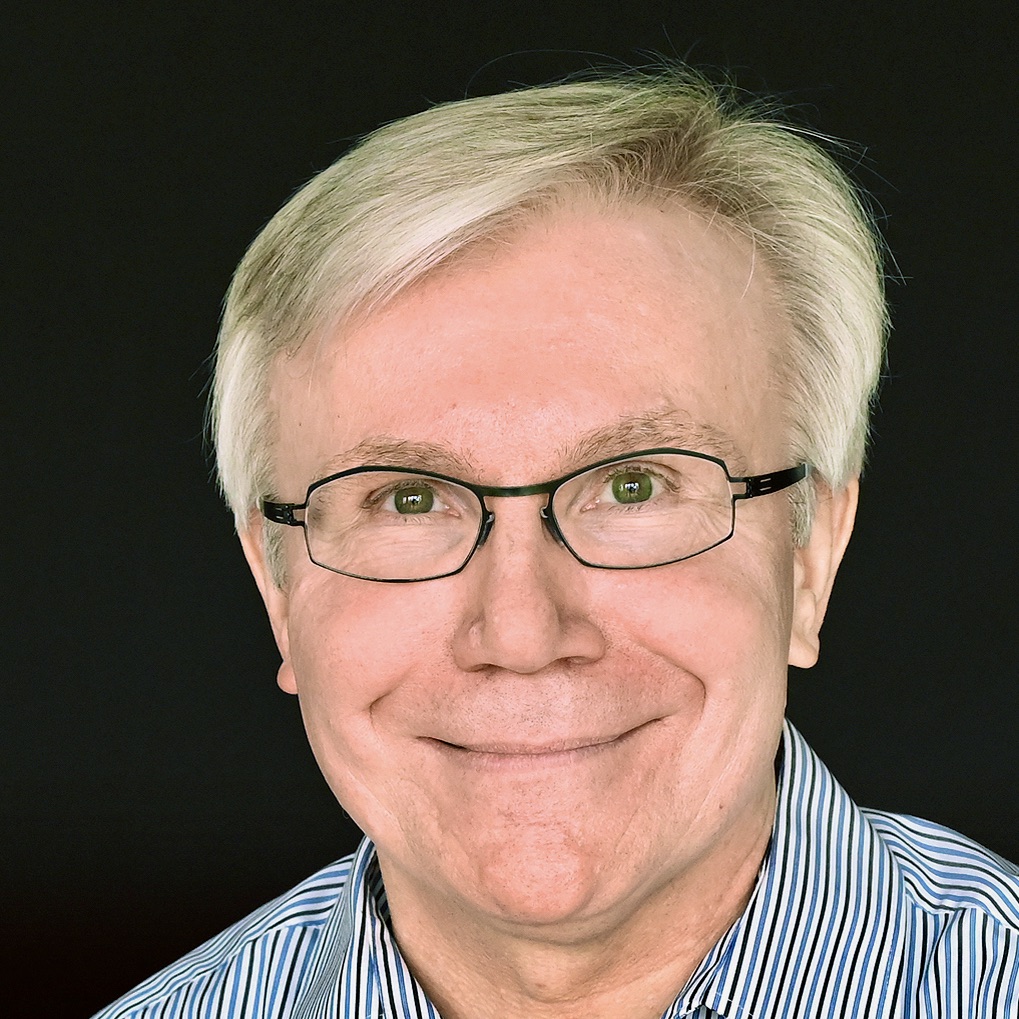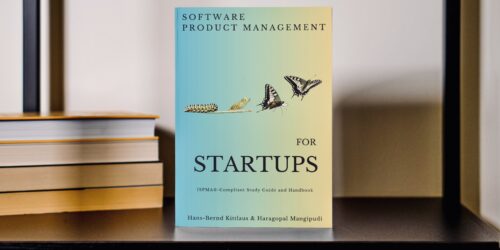Product Management is Dependent on the Type of Product
Product Management has got an increasing amount of attention since I wrote my first book on the subject 20 years ago. People in most industries see more and more business value in this activity, in this function, in the role of product manager. So it is not surprising that there are an increasing number of publications, conferences and also training offerings on product management.
For trainers and training providers, it is tempting to go for a target market as big as possible. So most training providers talk about product management for technical products, some do not restrict the applicability of their training to types of products at all. Does that make sense? Unfortunately no …
In reality, the characteristics of the type of product have a significant impact on what a product manager does. When you are a product manager of a flour product, your main concerns are about cost and reliability of supply of ingredients, cost and reliability of production, cost and reliability of distribution, marketing, and of course profitability. You rarely and – if so – infrequently deal with the product development process or customer requirements beyond price and package size.
That is somewhat different for physical technical products. As the product manager, your main concerns are again about cost and reliability of supply of technical components, cost and reliability of production, cost and reliability of distribution, marketing, and of course profitability. But you also need to deal with product strategy and market and customer requirements with regard to functional and quality aspects of the product itself. The requirements are linked to the product development process which – for physical standard products – does not run continuously, but only when a new version of that product is planned. Think of ovens or washing machines.
With standard software products, this is totally different. There is a product development process which runs continuously as long as the product is alive which the product manager needs to orchestrate based on product strategy and market and customer requirements. However, there is no production, and there is – usually – no distribution. Marginal cost is close to zero, except for cost of operations for SaaS products which is relatively low compared to the development cost. That makes the financial model and the pricing approach very different. The product manager is fairly busy with product strategy and product planning including continuous requirements work which increasingly includes forms of experimentation.
So bottom line, product management for software products and components is different in a lot of areas from product management for physical products. Of course, some aspects are similar, but the special characteristics of software and the software business have a big impact. That is why all my books are focused on software product management. And that is why ISPMA® (www.ispma.org) is focused on software product management.
So software product managers, think about this: Up to this day, ISPMA® is the only organization with this clear focus on software in the world of product management education and certification.

